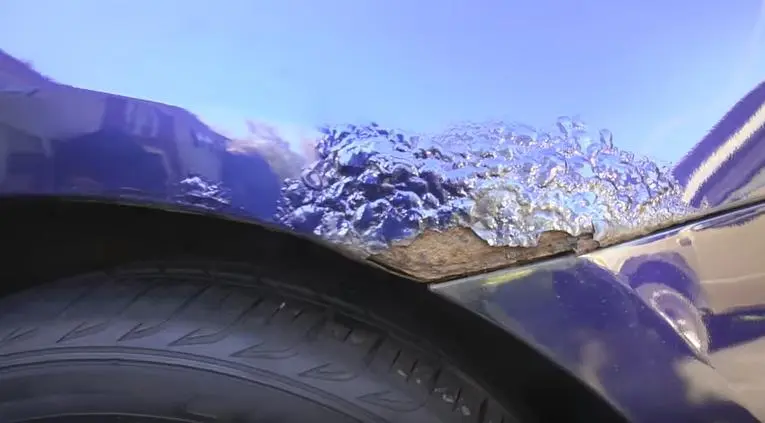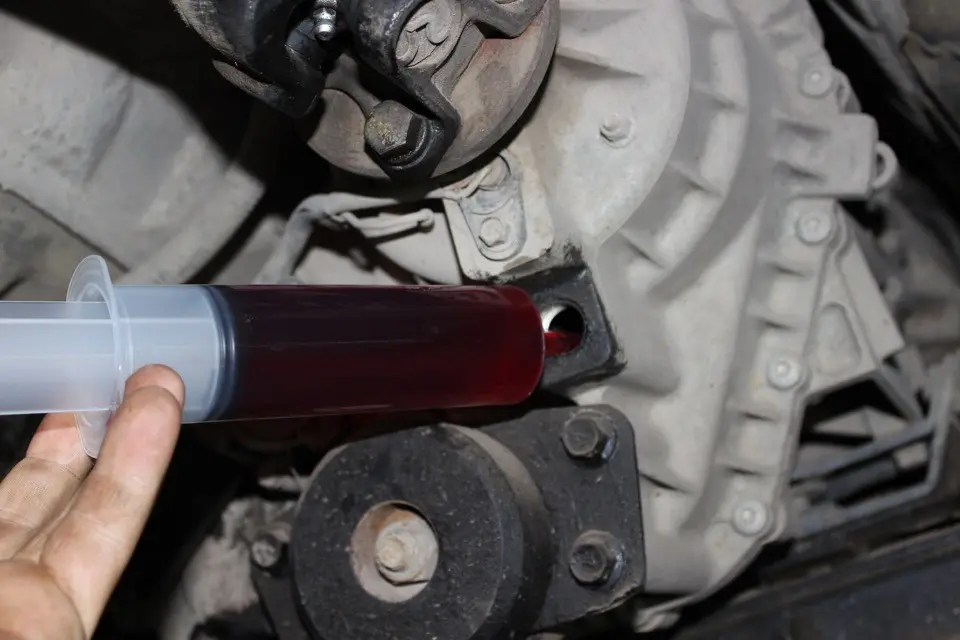
Fight Underbody Corrosion with Sealant
Content
The body of a car may be beautiful, but the bottom cannot be ignored. Even if the car shines with polish, the bottom can still be irretrievably lost. Bottom corrosion is a failure criterion for technical inspection. The only thing that provides reliable protection of wheel covers, sills and underbody from corrosion is cavity coating and sealant. Unfortunately, none of the measures offer a permanent solution and periodic checks, especially in older vehicles, are necessary. This guide is all about bottom sealing (Am: primer) and will tell you everything you need to know about professional sealing to prevent corrosion.
Invalid combination

Cars are still made up mostly of steel panels. No other material offers such a favorable balance of cold formability, strength and reasonable price. The main disadvantage of steel panels is their high iron content. In contact with moisture - and in the worst case - with road salt, iron begins to rust. If this is not noticed and eliminated in time, rust will gradually spread.
Underseal helps, but not forever

Underseal is a protective paste, often containing bitumen, excellent for bottom sealing. . Nowadays, a protective layer is applied to new cars during construction, which lasts for several years. Underseal is applied in a ½ mm layer. The rubbery substance fills sand holes and does not scratch. Over time, the sealant tends to dry out. Therefore, after no more than 8 years, the protective layer should be carefully checked. If there are cracks or the layer peels off, immediate action is required.
Trap called old seal

Sometimes moisture will seal in the old primer coat. If salt water gets between the protective layer and the sheet metal, it will not be able to get out. Water remaining on steel causes corrosion. In this case, the old oil seal does the opposite of its original purpose - instead of protecting against corrosion, it stimulates the formation of rust.
Application and improvement of the bottom layer

Therefore, spraying a layer of dinitrol or tektyl on the old layer of sealant does not help much. To permanently protect the underbody of the vehicle from corrosion, the old layer of sealant must be removed. The bad news is that it's either difficult or expensive. The good news is that only severely damaged areas need treatment. As a rule, these are the edges of the thresholds or wheel arches. The surface that seals the central part of the underbody often remains the same throughout the life of the vehicle.
Bottom Layer Removal Procedure
There are three methods to remove the bottom seal:
1. Manual removal with scraper and steel brush
2. Burnout
3. Sandblasting
 Manual removal with a scraper and brush is very cumbersome and is especially suitable for removing loose rust in places where holes are visible. . The use of technology is of little use here. Viscous bitumen will clog rotating brushes and sandpaper very quickly. Stable manual work is the best option. A heat gun can make work much easier, especially in hard-to-reach places. Manual removal with a scraper and brush is very cumbersome and is especially suitable for removing loose rust in places where holes are visible. . The use of technology is of little use here. Viscous bitumen will clog rotating brushes and sandpaper very quickly. Stable manual work is the best option. A heat gun can make work much easier, especially in hard-to-reach places. |
 Burnout is a habit of avid self-taught masters . We strongly advise against playing with fire. Before you know, you've burned your car and therefore your entire garage. Burnout is a habit of avid self-taught masters . We strongly advise against playing with fire. Before you know, you've burned your car and therefore your entire garage. |
Finally, sandblasting is a popular method for removing the bottom seal. . There are two fundamentally different methods: abrasive и non-abrasive . When abrasive blasting the granular material is fed to the bottom of the vehicle using compressed air. The best-known method is sandblasting, although there are several other possible abrasives: baking soda, glass, plastic granules, nutshells and much more. Advantage of abrasive blasting is guaranteed success. The protective layer is removed from the bottom quickly and efficiently, and very cheaply. His disadvantage is the amount of waste it produces. In addition, due to too high pressure or the wrong abrasive, healthy bottom lining can be damaged.  An effective alternative are non-abrasive blasting methods : Instead of a hard abrasive, dry ice blasting uses frozen carbon dioxide granules that rupture when they hit the protective layer, reliably removing it. With the exception of the old protective layer, dry ice processing is waste-free and absolutely safe for the bottom. Another alternative is high pressure water cleaning. The disadvantage of these otherwise very effective methods is their price. The dry ice blaster rental costs approx. €100-300 (£175-265) per day. Therefore, this method is especially suitable for high-end vehicles such as luxury sports cars or retro cars. Dry ice blasting by a professional service provider can cost you €500-1000. |
Rust removal
Before applying a new sealant, some preparatory work is necessary, mainly the complete removal of the remaining rust. The scraper blade and brush are most effective, although they only remove loose surface rust. An angle grinder allows you to work at depth, but at the same time you risk grinding off healthy material. Therefore, we recommend using a rust converter. The substance is applied with a paint brush and should be allowed to soak in. When the red rust has turned into a black greasy mass, it can simply be removed with a rag. Apparently, rust hole welding should always be left to professional service providers.
Very important: degrease and tape

Coating requires the same as painting metal: pre-degrease the surface . Silicone cleaner proved to be the most suitable. Apply a protective layer and remove it after it has worked. After that, the body must not come into contact with other substances. Spray not allowed WD-40 or penetrating oil. Otherwise, you can start the degreasing procedure again.
All moving and hot components should NOT be treated with sealant. Therefore, it is recommended to cover the steering gear and exhaust with newspaper. Sealant may impede steering movement. When emitted, the substance causes a fire hazard. So make sure nothing happens here! Tape outside the window sill in half. This area also needs to be sealed.
New seal

After sandblasting or sanding the underbody down to bare panels, spray primer is recommended. This will allow the sealant to adhere properly. Just spray on the primer and let it dry.
Underseal is currently available in aerosol cans and must be sprayed onto metal layer 0,5 mm . In this case, it is not recommended to apply too much. A thicker protective layer means nothing more than a waste of substance. The new protective layer must be allowed to dry for 4 hours. After that, the tape can be removed. The appearance of the threshold can now be painted in the color of the car. After hardening, the primer can be painted over.

